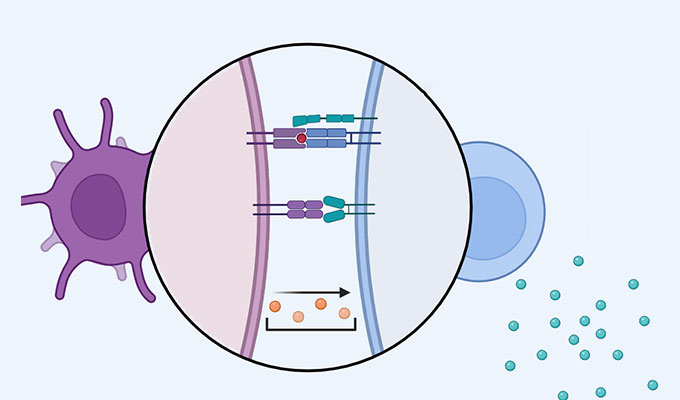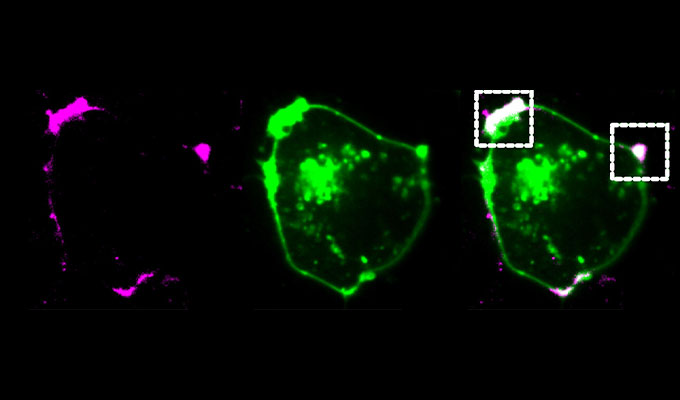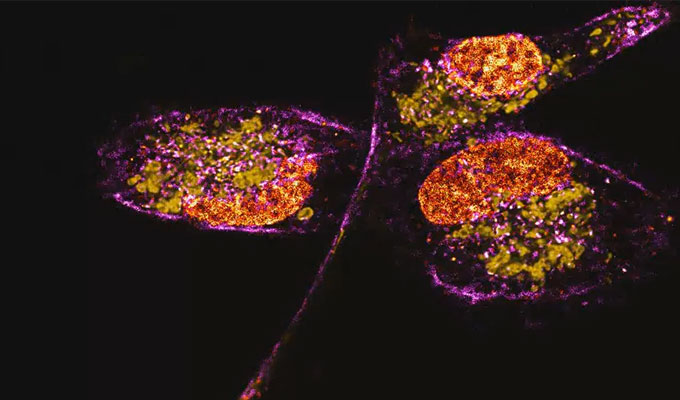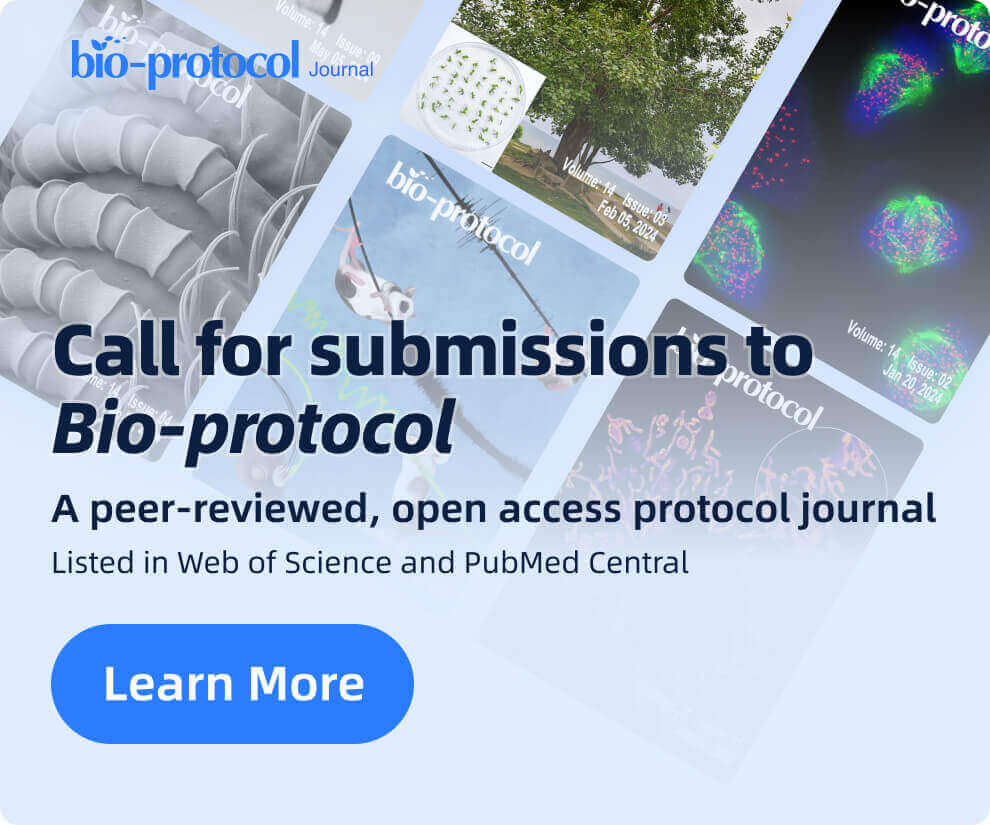Isolation and characterization of endogenous nuclear pore complexes
Speakers: Javier Fernandez Martinez Moderator: Samson O. Obado Live Chat: John LaCava
Online live: Feb 15, 2023 12:00 PM EST Posted: Feb 20, 2023 Views: 2316
Abstract
The characterization of native protein assemblies requires the production of a relatively pure sample that maintains the full complement, native organization, and function of that complex. This can be particularly challenging to achieve for large, multi-component, membrane embedded complexes using the traditional recombinant expression and reconstitution methodologies. However, using affinity capture from native cells, suitable whole endogenous protein complexes can be isolated. In this webinar, I will present a method for the affinity isolation and characterization of baker's yeast (S. cerevisiae) nuclear pore complexes, which are ~50 MDa assemblies made up of 552 distinct proteins and embedded in a double-membraned nuclear envelope. Producing this sample allowed us to perform analyses to characterize the mass, stoichiometry, morphology, and connectivity of this complex and to obtain its integrative structure with subnanometer precision. We believe this methodology can be applied to other challenging protein complexes to produce similar results.
The speakers will discuss:
a) Affinity purification of large, native macromolecular assemblies
b) Integrative structural characterization of the nuclear pore complex
Speaker
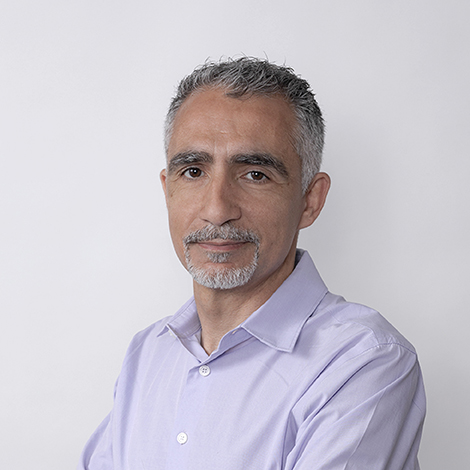
Javier Fernandez Martinez, Ph.D.
Ikerbasque Research Associate and Group Leader, Instituto Biofisika / Research Assistant Professor, The Rockefeller University
Javier Fernandez-Martinez is an Ikerbasque Research Associate and Group Leader at the Biofiska Institute in Leioa (Spain) and Research Assistant Pr...
View more
Moderator
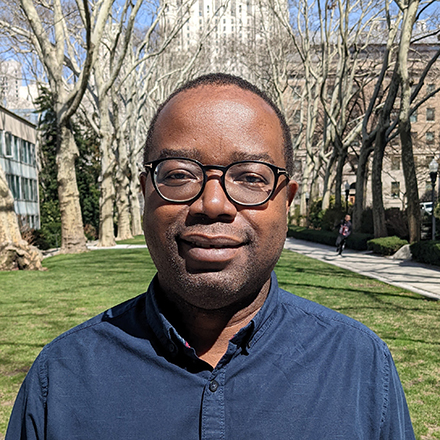
Samson O. Obado, Ph.D.
Research Associate, The Rockefeller University
Samson Obado is currently a Research Associate in the Laboratory of Cellular and Structural Biology (Prof. Michael P. Rout) at The Rockefeller Univ...
View more
Live Chat

John LaCava, Ph.D.
Associate Professor, European Research Institute for the Biology of Ageing / Research Associate Professor, The Rockefeller University
John LaCava leads The Laboratory of Macromolecules and Interactomes, at the European Research Institute for the Biology of Ageing. The team develop...
View more
Keywords
Nuclear pore complex, Affinity purification, Endogenous assembly, Integrative structural determination
References
Nudelman I, Fernandez-Martinez J, Rout MP. “Affinity Isolation of Endogenous Saccharomyces Cerevisiae Nuclear Pore Complexes”. Methods Mol Biol. 2022; 2502:3-34. doi: 10.1007/978-1-0716-2337-4_1.
Akey CW, Singh D, Ouch C, Echeverria I, Nudelman I, Varberg JM, Yu Z, Fang F, Shi Y, Wang J, Salzberg D, Song K, Xu C, Gumbart JC, Suslov S, Unruh J, Jaspersen SL, Chait BT, Sali A, Fernandez-Martinez J, Ludtke SJ, Villa E, Rout MP. “Comprehensive structure and functional adaptations of the yeast nuclear pore complex”. Cell. 2022 Jan 20;185(2):361-378.e25. doi: 10.1016/j.cell.2021.12.015.
Kim SJ, Fernandez-Martinez J, Nudelman I, Shi Y, Zhang W, Raveh B, Herricks T, Slaughter BD, Hogan J, Upla P, Chemmama IE, Pellarin R, Echeverria I, Shivaraju M, Chaudhury AS, Wang J, Williams R, Unruh JR, Greenberg CH, Jacobs EY, Yu Z, de la Cruz MJ, Mironska R, Stokes DL, Aitchison JD, Jarrold MF, Gerton JL, Ludtke SJ, Akey CW, Chait BT, Sali1 A, Rout MP. "Integrative Structure and Functional Anatomy of a Nuclear Pore Complex". Nature. 2018. March 14. doi:10.1038/nature26003.
Do you have a question about this webinar?
Post your question, and we'll invite the webinar speaker to respond. You're welcome to join the discussion by answering or commenting on questions ( Note: Not all questions, especially those not directly relevant to the webinar topic, may be answered by the speaker. ).
Tips for asking effective questions
+ Description
Write a detailed description. Include all information that will help others answer your question.
23 Q&A
What is the optimal condition to CoIP an endogenous tagged protein without losing any of its interaction partners?
Is the pore size of the nuclear membrane pore complex after purification comparable to the intracellular pore seize?
What are benefits & dangers of using bifunctional crosslinkers when 1st attempting to identify the native components of a multi-protein complex.
What is the storage condition for the isolated complexes and does this condition maintain it native form ?
How can this methodology be used to isolate the Gap junction channel protein complex from c elegans?
